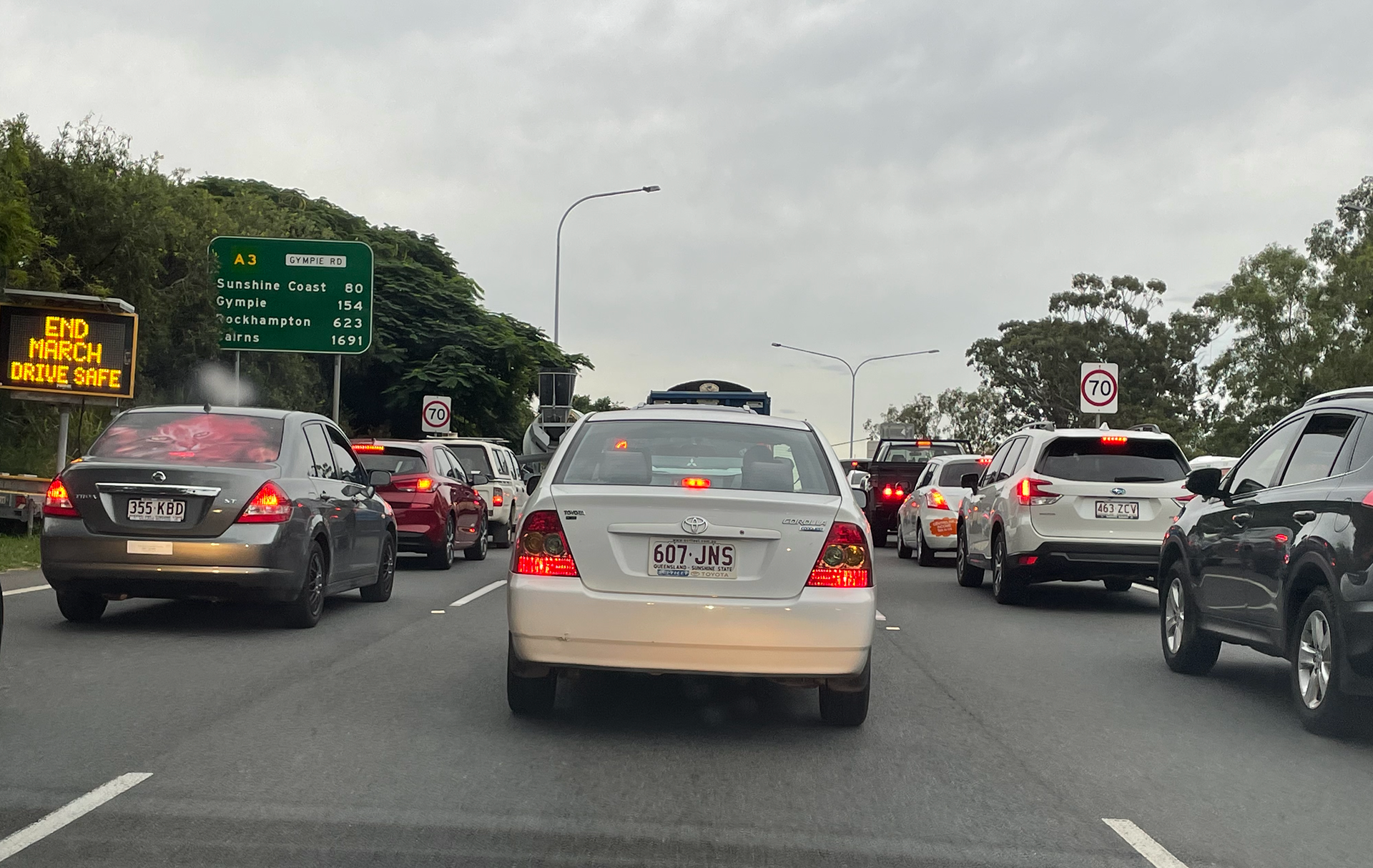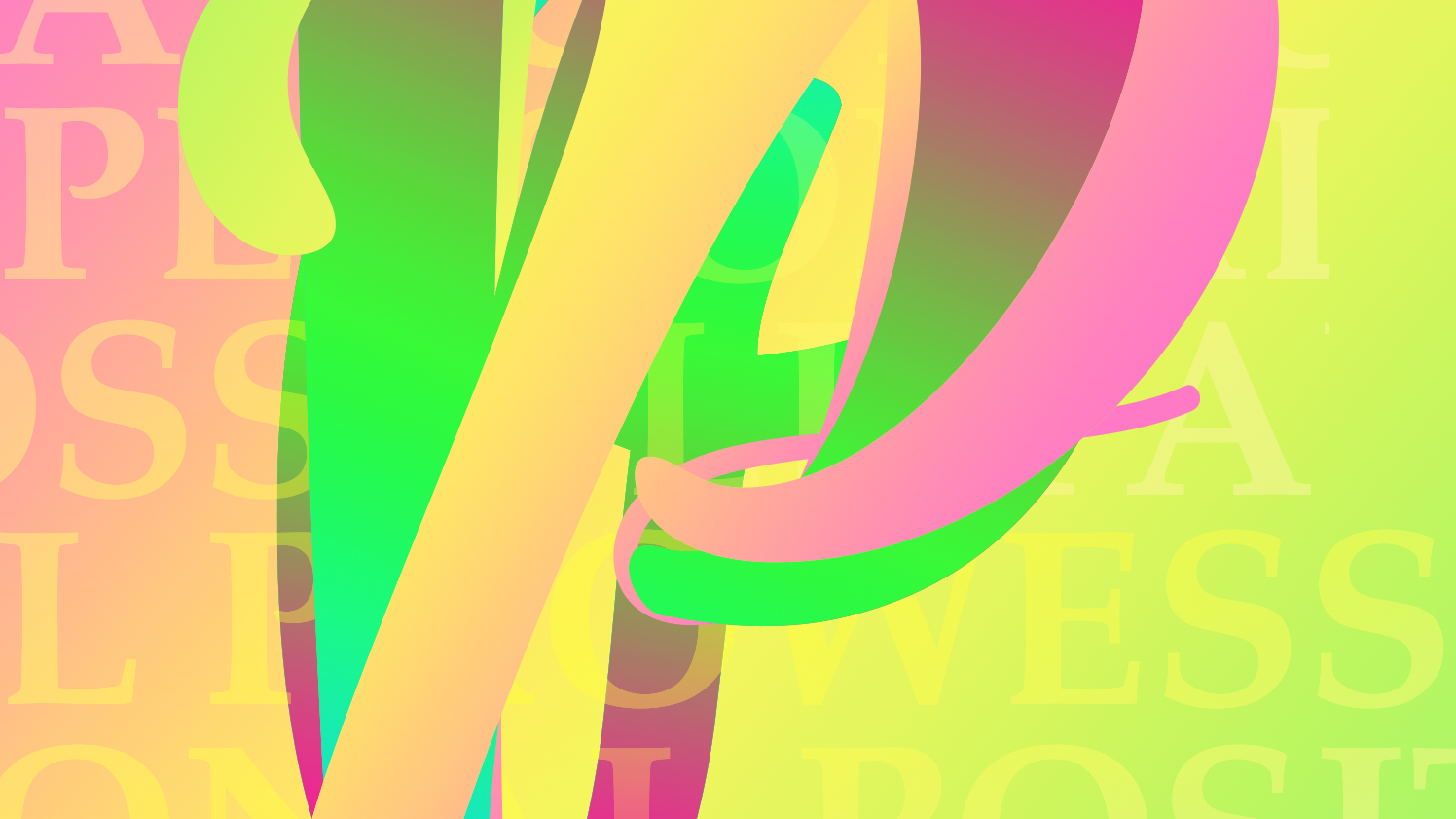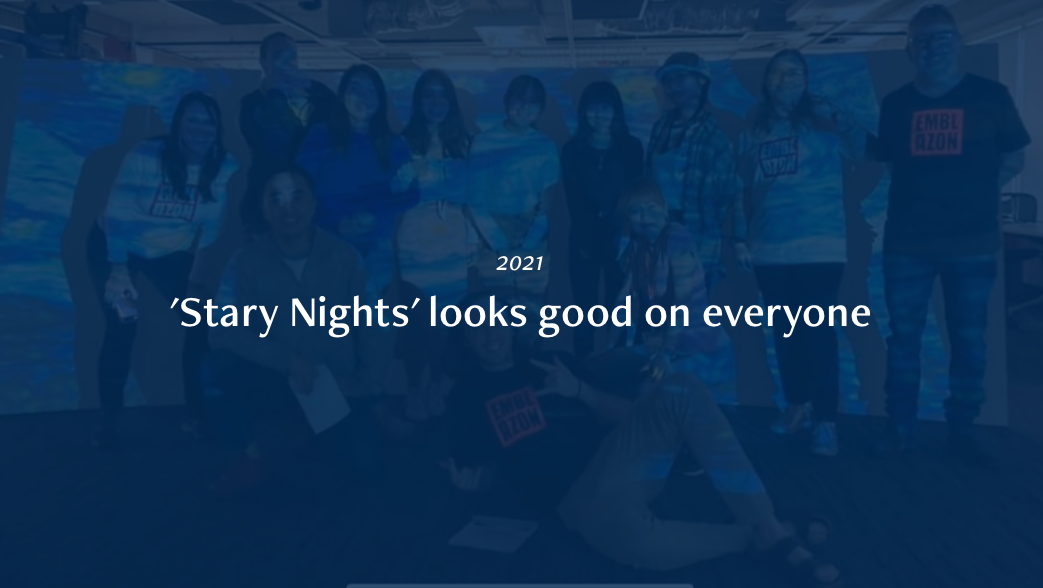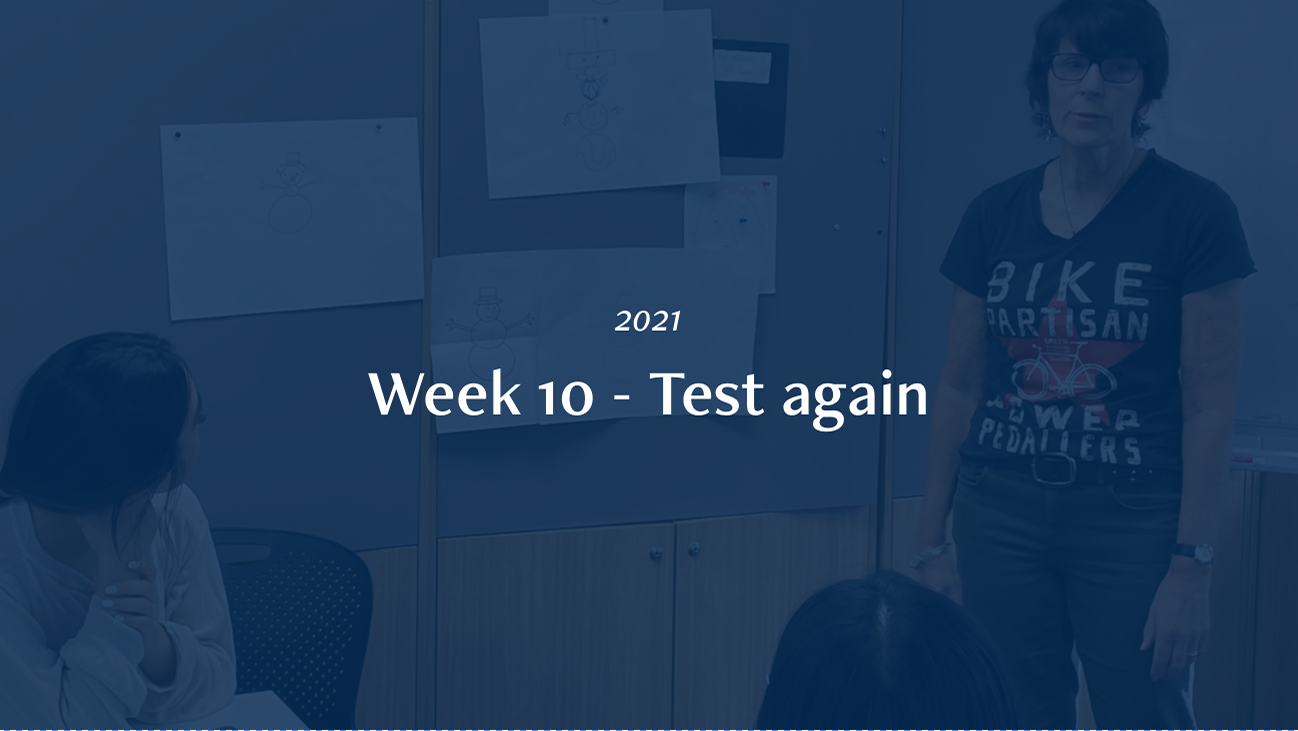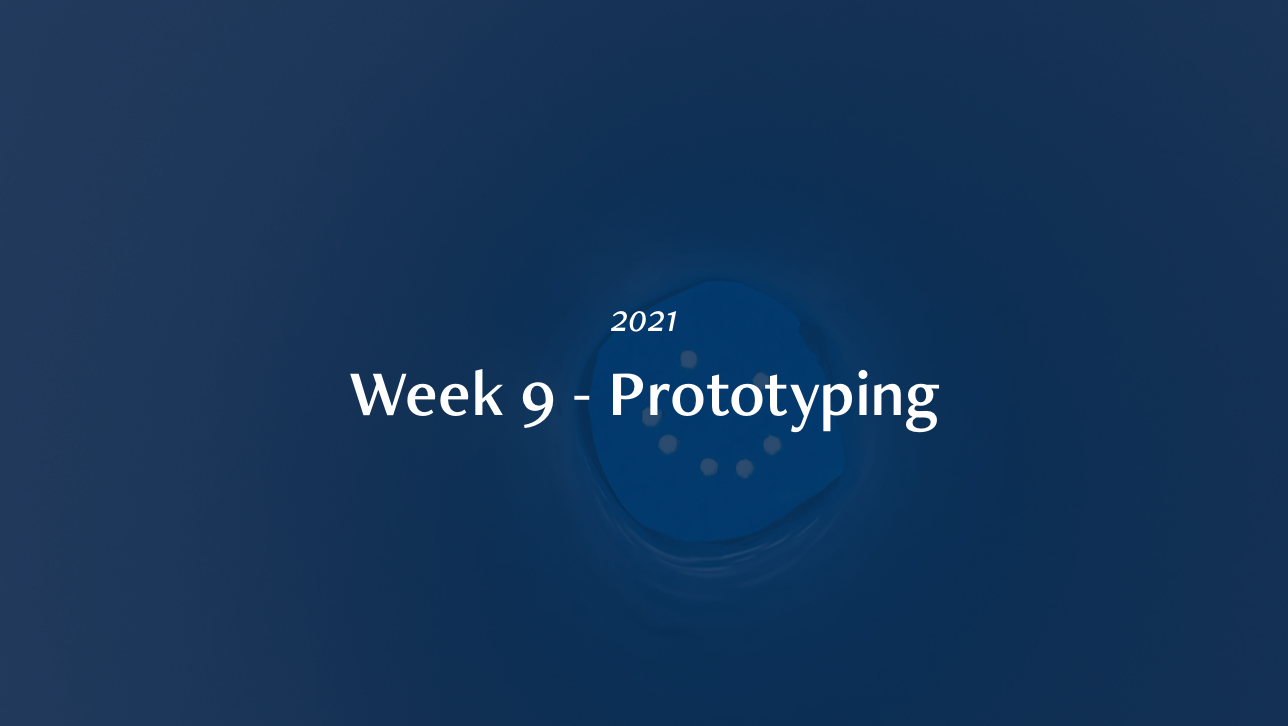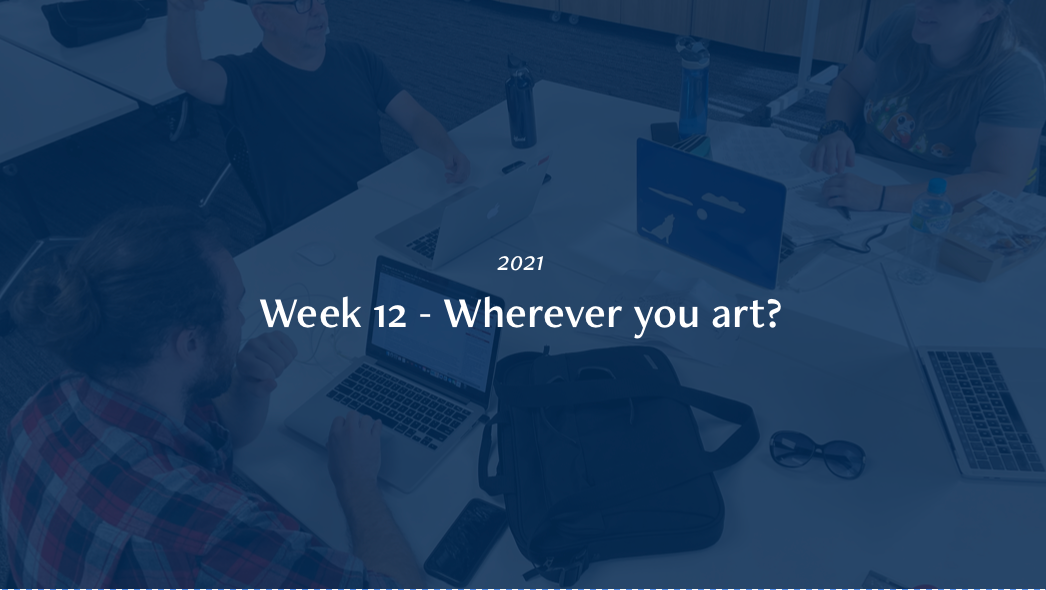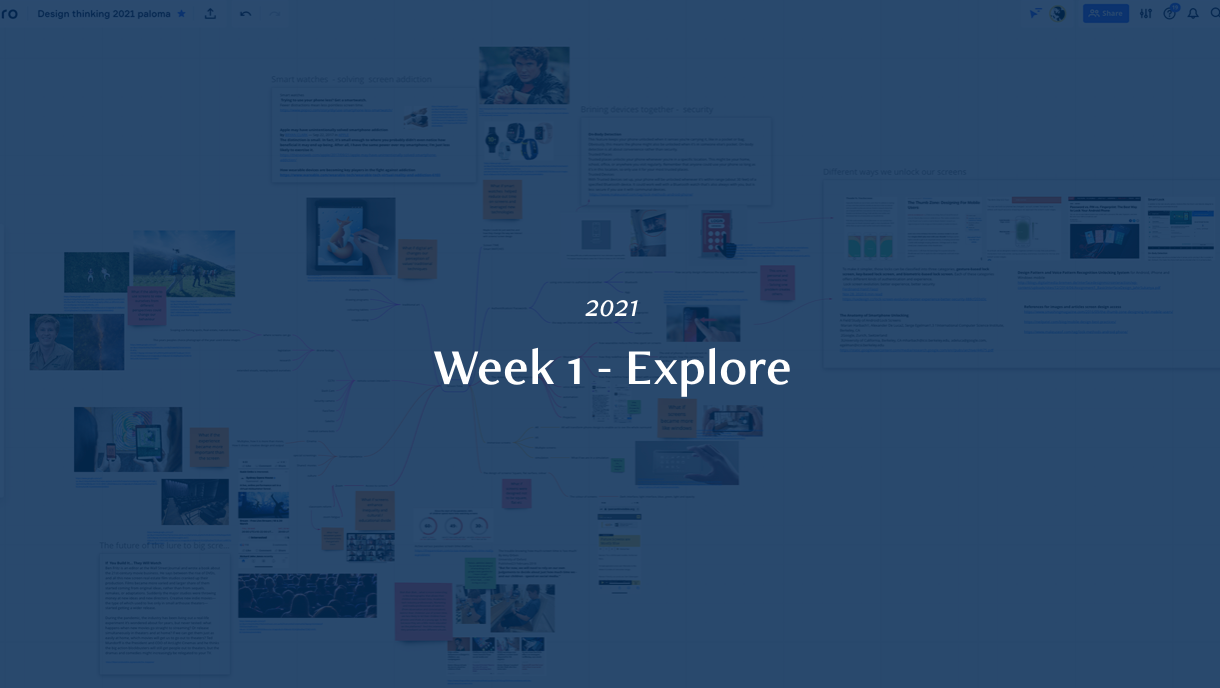Not much time to do the journal this week, It has been hectic trying to get it to fir. I have turned as much as I can into pictures but still need to try and make this less text heavy..... hard to do when telling a story. I have used precasting icons but have created my own diagrams, personas and user journey. You might just recognise Emily :)
After reviewing the week 5 class activity I understood I needed to make my POV human centred and relatable - I was trying to simplify this into a statement like a proposition but it needed to have a narrative - Seeing everyone work on theirs in class helped immensely. Caroline was patient with me as I was quite frustrated in my efforts to craft the copy. It was a good exercise to undertake.
I also realised that my HMW was almost exactly the same as Somerset when comparing our sheets of paper.

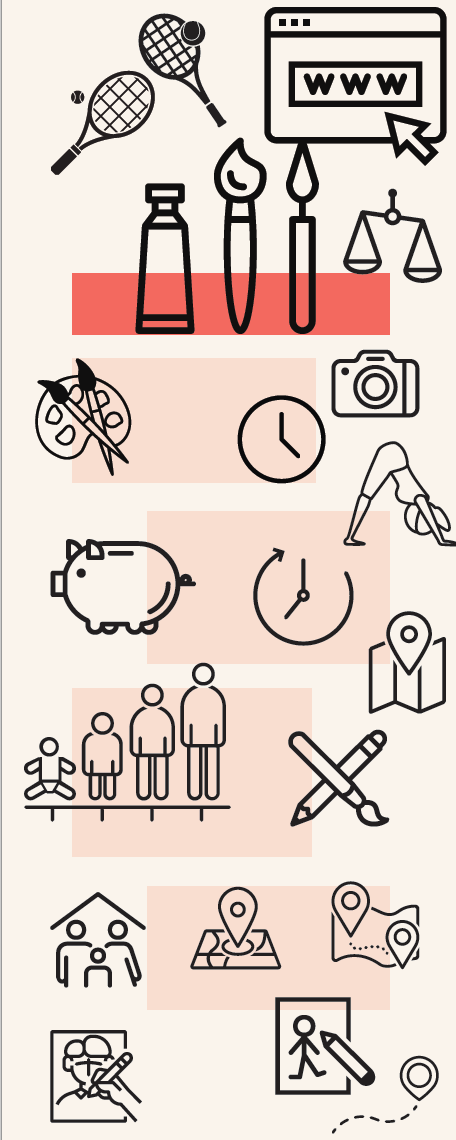

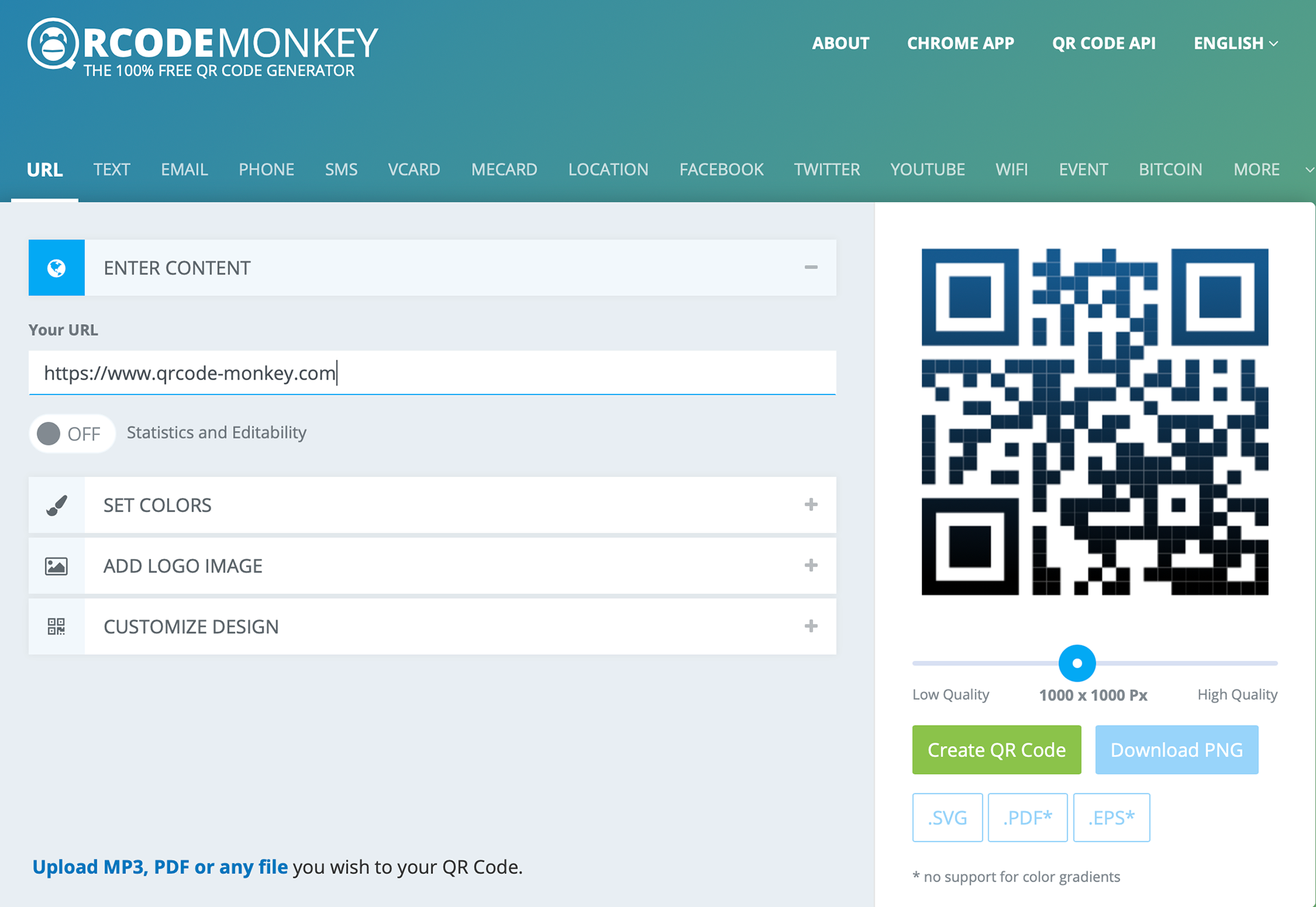

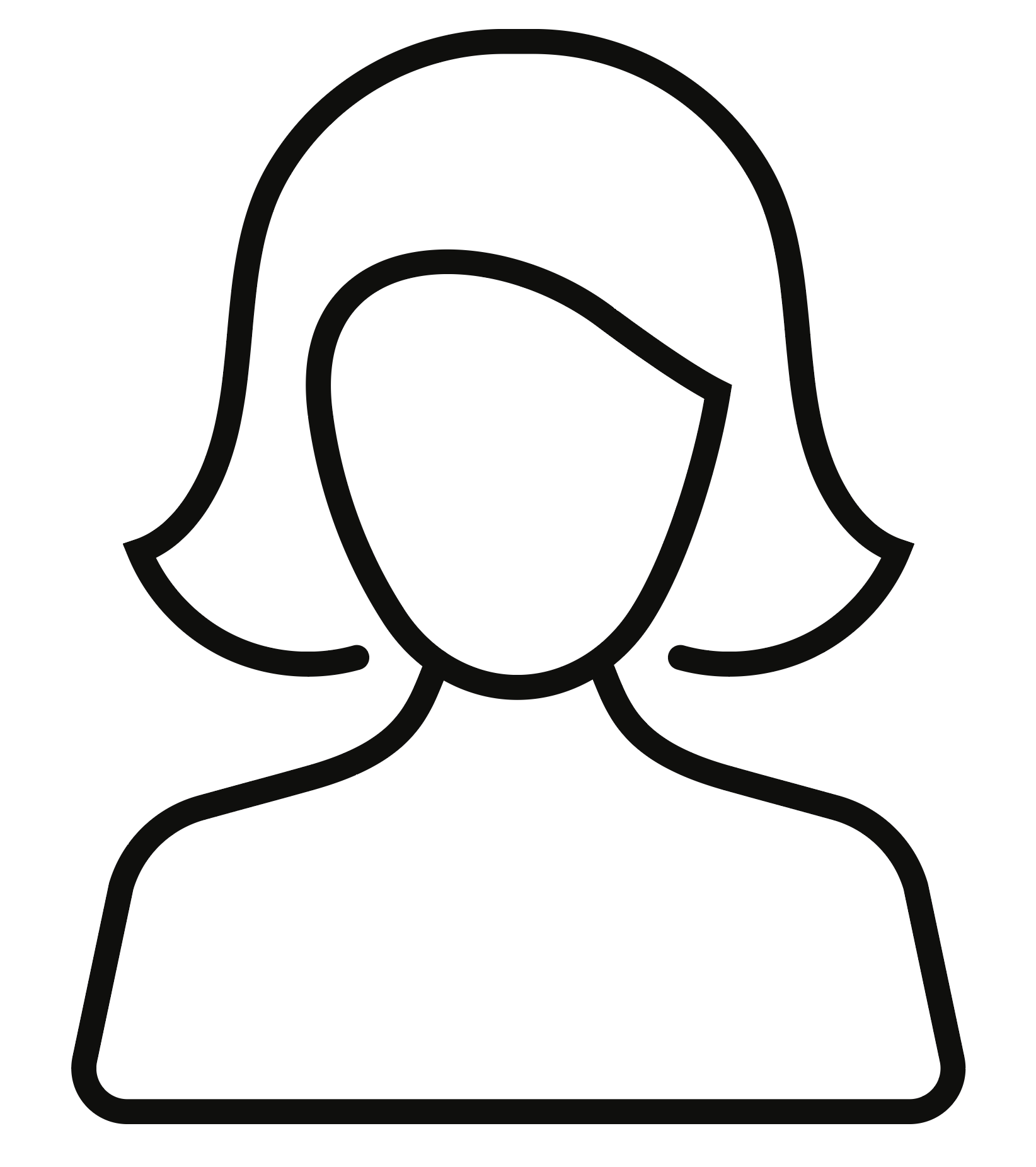


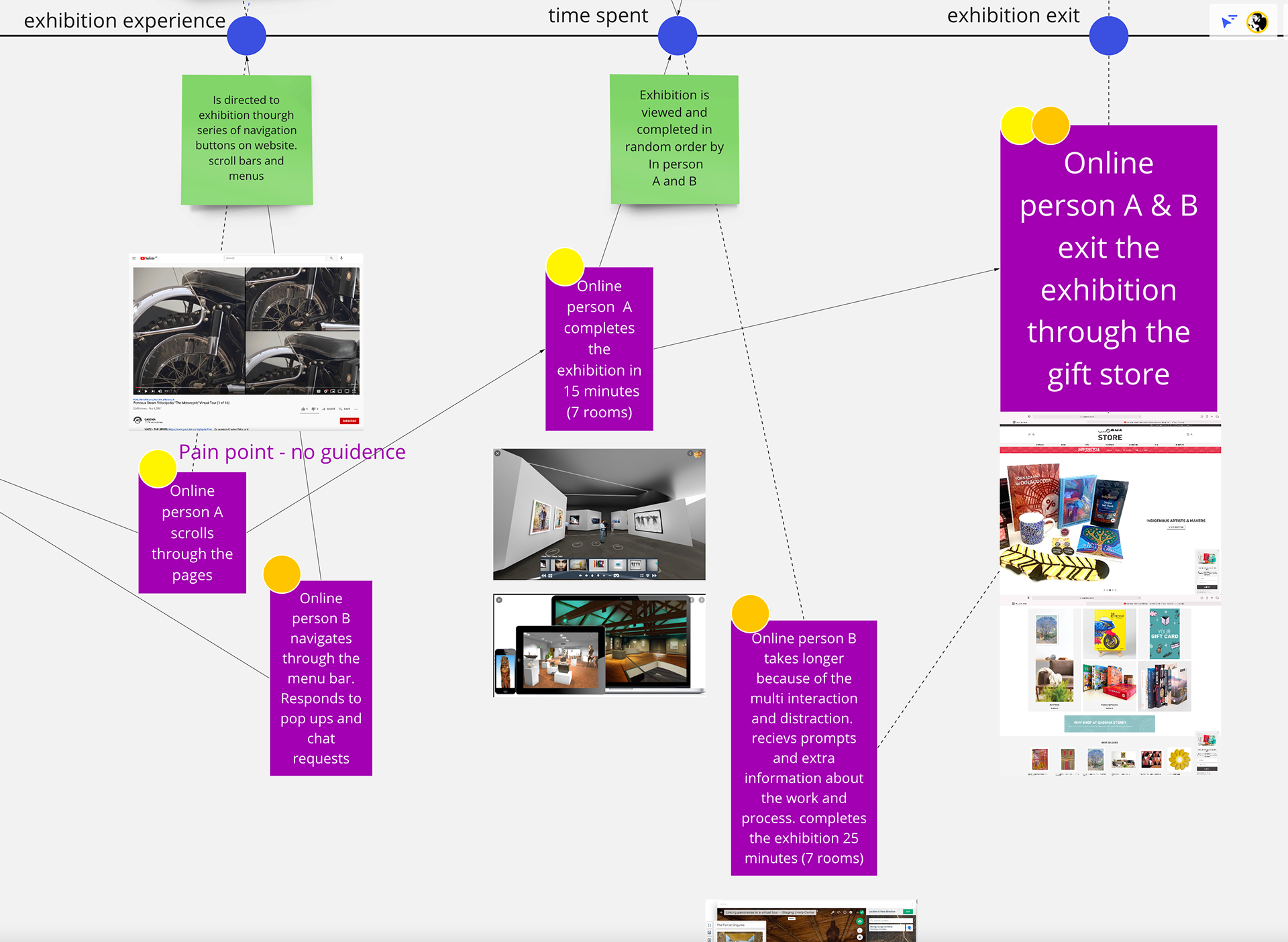
Below is the initial draft of my content - it needed to be cut down and reworked to fit.
Purchase Tickets - Abstract
Screen based exhibitions are increasingly more available and interactive both in the physical gallery and online. They are archival and promotional tools for galleries and museums to drive a new audience outside of traditional art appreciation. To negate the covid-19 economic challenges - exhibitions are being made available as ticketed events to online audiences. New technologies enable these online experiences to be offered and curated in a way that engages the viewer more effectively than ever before. The online audience understands this as an alternative to seeing these exhibitions in person, therefore considerations and expectations are different. This research has found that the online audience seeks to gain valuable and engaging experiences, not only through content but also emotional and memorable interaction.
Would you like a program? - Evidence of your Design Thinking methodology/process
Having used the double diamond before for design thinking activities I was drawn to this method of research for familiarity. The double diamond (Fig A) outlines a design thinking mindset, that encompasses a strategic process of understanding, empathizing, defining ideation, prototype and testing (iteration).
I explored many design tools in the empathy stage: 5 whys; infinity map; user journey; and the empathy map.
5 why’s was an effective way for me to identify and rephase my problem area. I completed 4 pages of 5 whys with the help of collogues and friends (Fig B). I found the infinity map (Fig C) problematic but it did serve to help me narrow and link the problem area to real life examples. The user journey had to be undertaken from two persona perspectives because the problem involved identifying a common human centered need in the different experiences (Fig D).
Findings from interviews, observations and survey results allowed me to complete the Empathy map more effectively(Fig E).
Findings from interviews, observations and survey results allowed me to complete the Empathy map more effectively(Fig E).
I spent a lot of time in the empathy phase and agreed that further “natural observation” was necessary. Fox states it is more reliable when observing people using a product when they are likely to encounter frustrations and benefits, and that finding a key informant can be a turning point where much of a setting can be explored through the eyes of a participant. (Fox, 2021)
I needed another way to observe their behavior, so I inserted invitations into 15 conversations over 2 weeks. The unknowing participants were colleagues and friends. I created a scenario in which I invited people to book online tickets with me to the upcoming Design Conference so I could observe their responses first hand.
Design Thinking starts with empathy and a deep human focus. It involves reframing the perceived problem or challenge allowing a more holistic approach that initially employs divergent styles of thinking to explore many possibilities and a maximum number of ideas and points of view to surface in order to solve multifaceted problems
(Friis Dam and Yu Siang, 2021)
Scan for more information - Secondary research data/findings (with References)
What if the screen replaced the canvas – this was the scenario I was seeking to investigate. I set about researching and gaining a better understanding of how exhibition spaces (including galleries and museums) are becoming increasingly interactive and technology driven. Much of my initial research is recent, observing the impact of covid-19 and the potential screens now leverage. Lockdowns and travel restrictions advanced rather than initiated the move to online platforms and digital media in the exhibition space. Not only are these exhibitions touring the world via cloud based storage negating the need for transport, security and storage, but they are emerging as an exciting and innovative ways to reach a new audience.
Birnbaum suggests unlike physical art, users could now co-curate their experience by superimposing the artwork against any backdrop, to become a participatory art form or interactive game. (TULLY, 2020)
Birnbaum suggests unlike physical art, users could now co-curate their experience by superimposing the artwork against any backdrop, to become a participatory art form or interactive game. (TULLY, 2020)
My initial research led me to the assumption was that the pain point in the viewers experience would be related to user interface design and device capabilities. If the interface was difficult, confusing to navigate or slow then presumably this would have an impact on the viewers experience of the content. These are the challenges that come with this digital transition. Tunnikmah argues that online-based exhibitions do not just move from offline to online and that changing exhibition media should be considered. The audience approach changes along with how they appreciate and engage with exhibition. (Tunnikmah, 2021)
#insta opportunity - Primary research findings (from observation, interviews, etc)
A series of interviews and surveys was conducted online and in person at art events (good chats/ SCCA events (Fig F) It became apparent that my perceived problem of “Screens replacing canvas in the gallery” was not identified as a problem at all in survey responses. On the contrary, viewers recorded no opinions on user interface when viewing online exhibitions and that the opportunity to view exhibitions online was a benefit. My assumptions had been incorrect. It became apparent that my perceived problem of “Screens replacing canvas in the gallery” - was not identified as a problem at all and surprisingly survey responses revealed attending an online exhibition was preferable over an in person experience.
Receiving and observing the different excuses to my invitation scenario allowed me to identify the problem. Most hesitated and I was able to ask them why?
Receiving and observing the different excuses to my invitation scenario allowed me to identify the problem. Most hesitated and I was able to ask them why?
The overwhelming response was always structured around value and expectation. The expectations were that they would simply be a spectator rather than a participant. To commit they wanted to know that they would get an equally valuable experience to those attending in person. They were not looking to replicate the experience but required confirmation that they would get value in the form of knowledge or memorable emotional engagement.
Exit through the gift shop
Overall findings that will inform the solution-finding stage (e.g. problem statement/POV, ‘How might we’ questions, persona, empathy map)
Overall findings that will inform the solution-finding stage (e.g. problem statement/POV, ‘How might we’ questions, persona, empathy map)
Emily is on zoom with some friends and a youtube advert for the Van gough exhibition plays in the background...she imediately interupt the conversation to tell you that she had seen the original collection in Amsterdam - she tells you what year it was and what the weather was like, what they were wearing and how long they had to cue to see "Starry night". She can convey every little detail about experience. It didnt matter that she had same image as her screen saver, could tour the virtual gallery or stream the documentaries anytime she liked - but she probably can't tell you the last time she did. This digital interaction is clearly not as valued and meaningful as attending the event in person.
HMW create value and memorable emotional connections for an online audience
ARRGGHHH - WHEN YOU RUSH THINGS!!!!
So I had created my Personas and I also had this idea to present the poster like a visit to the exhibition. I had My personas titled ticket holders, My process was the analogy to a program - the events unfolding, my secondary research was the exhibition touchpoint where you can scan or find out more information. Finally my primary research was presented like the instagram opportunity, observations and immersion followed by exit through the gift shop. - Thank you Bansky... I borrowed your title. My storyline - user journey ran right down the middle and my personas would be presented along side their experience.....
Except they don't!
ARRRRGGGHHH. I had sent this to print with the wrong
persona on the wrong side. After ringing around 7 places who
all could not print my poster by the next day.
Not only did I have my personas on the wrong side but I also had the name Jack in my user Journey.
Because this was pieced together using canva and illustrator and then edited in a PDF - (don't ask... I like to do things the hard way it seems) It was not as simple as swiping the names so I had to look at the redesign of my side panels. They were extremely tight to begin with so as you can see from the draft above there was so much tweaking and somewhere along the way Jack turned into Steve.
FINAL POSTER FOR FEEDBACK TOMORROW BEFORE I UPLOAD.
The printed version will of course be different.
I have tentatively formed a team with Somerset and Jess for task 2.


All handed in - corrected and Steve is back to being Jack
